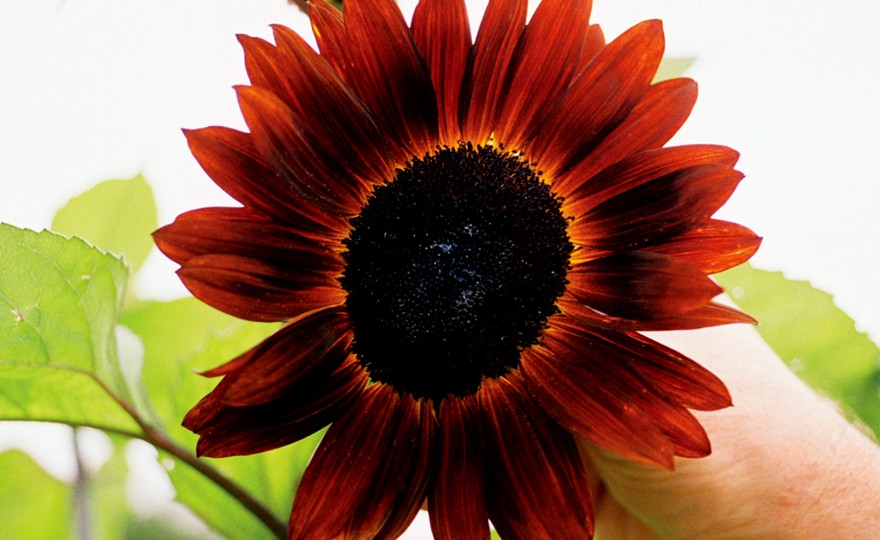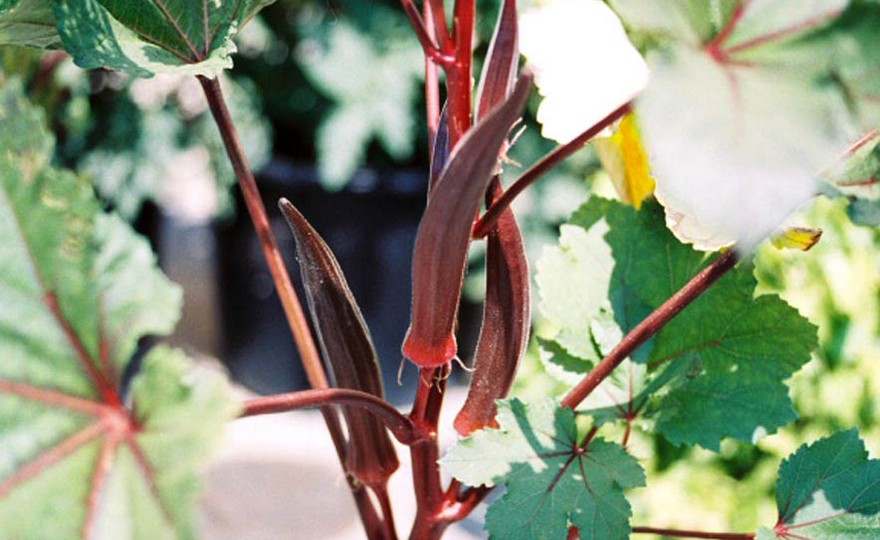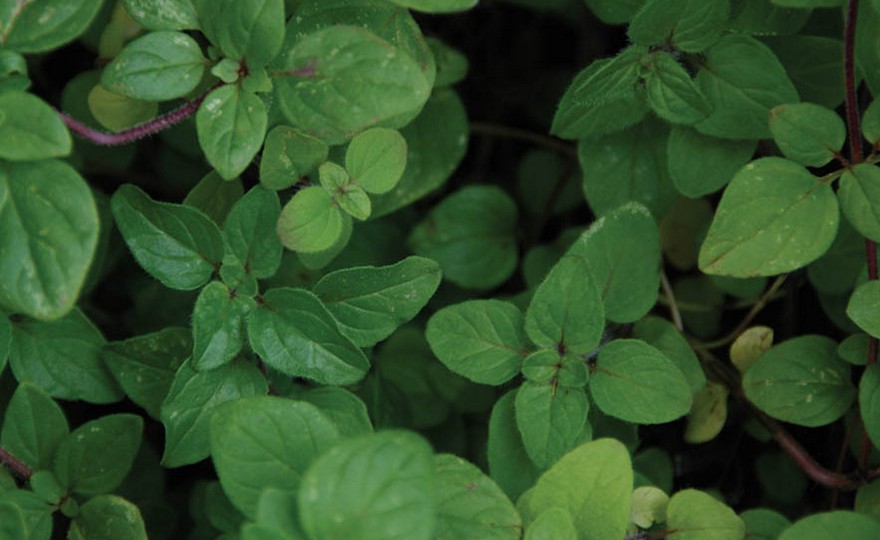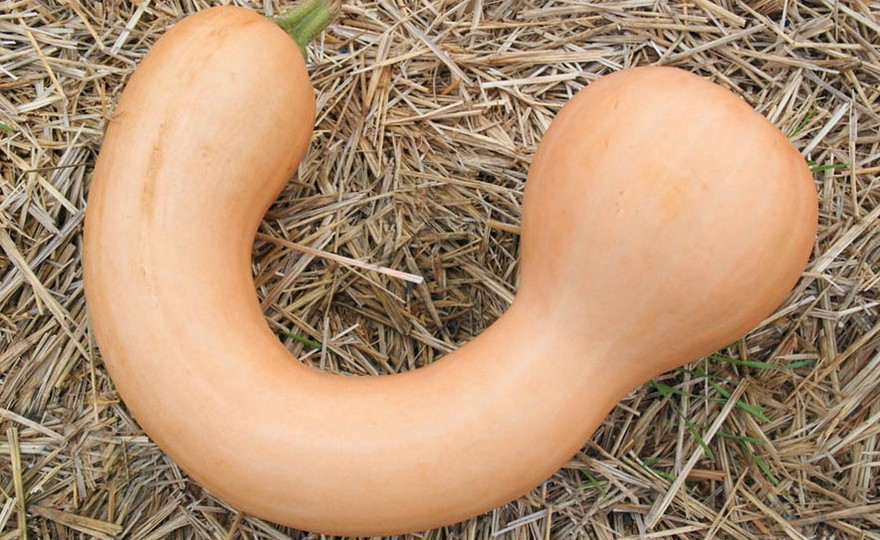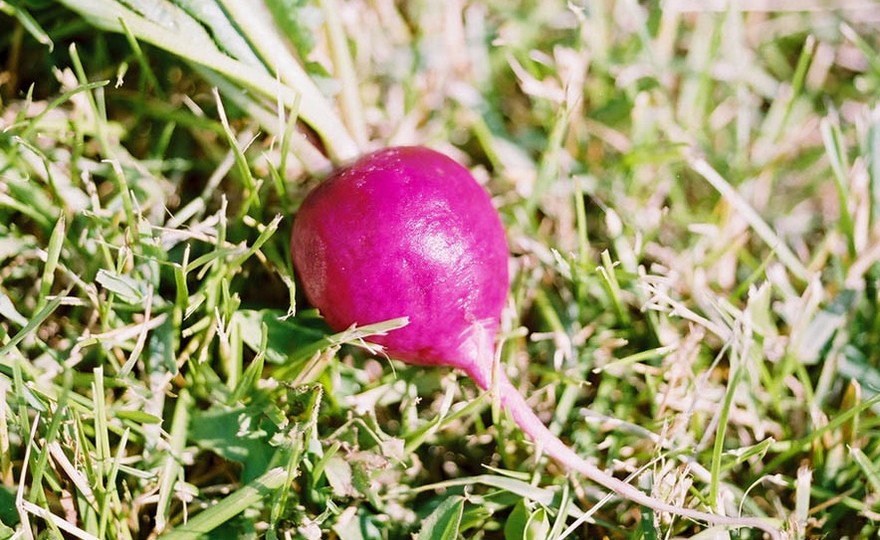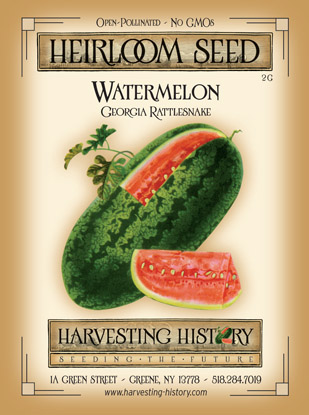
Watermelon, Georgia Rattlesnake
-
- **SOLD OUT** HOLIDAY GIFTS **SOLD OUT**
- **SOLD OUT** Holiday Books **SOLD OUT**
- **SOLD OUT** Holiday Citrus **SOLD OUT**
- **SOLD OUT** Holiday Gift Certificates **SOLD OUT**
- **SOLD OUT** Holiday Paperwhites **SOLD OUT**
- **SOLD OUT** Holiday Praying Mantis Kits **SOLD OUT**
- **SOLD OUT** Holiday Tools **SOLD OUT**
- **SOLD OUT** Holiday Wildflower Mixtures **SOLD OUT**
- Citrus Trees
- **SOLD OUT** - Vegetable and Herb Plants - Mix & Match any 6 Plants for $50 - Only Shipped in Quantities of 6
- Elephant Ear Plants & Roots
- **SOLD OUT** 4-Inch Pot Herb Plants **SOLD OUT**
- Rare Plants
- **SOLD OUT** Vining Plants **SOLD OUT**
- Asian Seeds
- Beneficial Bugs
- Books
- Citrus Fertilizers
- Cold-Treated Bulbs - SEE BULBS FOR FALL PLANTING TO ORDER
- Cold-Treated Allium
- Cold-Treated Chionodoxa
- Cold-Treated Crocus
- Cold-Treated Hyacinthoides
- Cold-Treated Hyacinthus Orientalis
- Cold-Treated Narcissus
- Cold-Treated Cyclamineus Narcissus
- Cold-Treated Double Heirloom Narcissus
- Cold-Treated Jonquilla Narcissus
- Cold-Treated Large Cupped Narcissus
- Cold-Treated Poeticus Narcissus
- Cold-Treated Small Cupped Narcissus
- Cold-Treated Species Miniature Narcissus
- Cold-Treated Split Cupped Narcissus
- Cold-Treated Tazetta Narcissus
- Cold-Treated Triandus Narcissus
- Cold-Treated Trumpet Daffodils
- Cold-Treated Ornithogalum
- Cold-Treated Rock Garden Iris
- Cold-Treated Scilla
- Cold-Treated Tulips
- Cold-Treated Emperor Tulips
- Cold-Treated Fringed Tulips
- Cold-Treated Green or Viridiflora Tulips
- Cold-Treated Lily Flowering Tulips
- Cold-Treated Parrot Tulips
- Cold-Treated Peony Flowering Tulips
- Cold-Treated Single Early Tulips
- Cold-Treated Single Late Tulips
- Cold-Treated Species Tulips
- Cold-Treated Triumph Tulips
- Flower Bulbs, Corms and Tubers
- Bulbs for Spring Planting
- Bulbs for Fall Planting - ALL BULBS AVAILABLE ARE COLD TREATED FOR PLANTING AS SOON AS SOIL CAN BE WORKED
- Fall Blooming Bulbs
- Garden Tools & Equipment
- Gift Certificates
- HHH Exclusive Wildflower Mixtures
- Wildflower Mixtures
- Heirloom Garlic
- Potatoes
- Roots & Sets
- Seeds
- Flowers
- Herbs
- Vegetables
- **SOLD OUT** HOLIDAY GIFTS **SOLD OUT**
-
- No products to compare
-
Sold Out
Quick Overview
WATERMELON – Georgia Rattlesnake
Introduced around 1870, this much beloved Southern variety has become rare. Large, oblong melons (25-30 lb.) have thin, brittle, pale green rinds with “rattlesnake” striping. Flesh is rosey red and very sweet.
Sow seed in late spring after all danger of frost has passed and the soil is warm several inches below the surface. Plant 8-10 seeds, 1 in. deep in hills that are spaced 8 ft. apart.
Germinates in 10-14 days depending on soil and weather conditions.
When seedlings are 2 in. high, thin leaving the 4 strongest plants in each hill.
Days to Maturity: 85-95
Well rotted manure mixed into the bottom of each hill will stimulate growth and substantially increase yield.
| Type | Spacing | Planting Depth | Days to Germination | Maturity |
| Watermelons | 8 ft. | 1 in. | 10-14 | 85-95 |

Watermelon, Georgia Rattlesnake
Melons are native to the continent of Africa. Many wild forms of melons and watermelons can still be found there today. Though it is not known when melons were first cultivated, it is believed that prehistoric man may have gathered and saved the seeds of the sweetest melons, and this practice lead to cultivation. Seeds and wall paintings found in Egyptian tombs indicate that melons and watermelons were under cultivation in Egypt at least 4000 years ago. Melons were introduced into Asia about 3000 years ago. The melon became immensely popular in the region that includes Iran, Iraq, Afghanistan, India, south and central Russia, China and Japan. The Greeks and Romans most likely introduced the melon into Europe. Columbus brought melons to the New World on his second voyage, and by 1494 melons were under cultivation in Haiti. By the 16th century, melons and watermelons were being cultivated through out North and South America. Watermelons are, generally, the largest of the melon classes, but, actually, watermelons come in many shapes and sizes. Their rinds can vary in color from blackish green to bright yellow and can be decorated with moon and stars, rattlesnake designs, mottling and stripes. There are varieties that can be grown in Zone 4 climates as well as the deepest South. The flesh can be creamy white, salmon pink, bright orange, pale yellow and deepest red. The flesh varies in sweetness, with some being the sweetest melons available.


